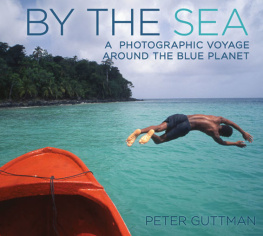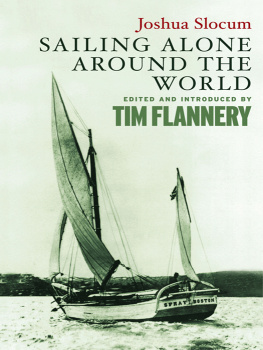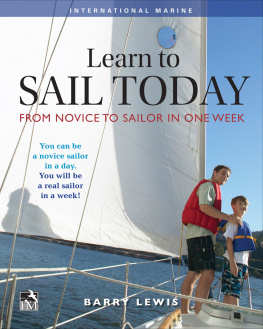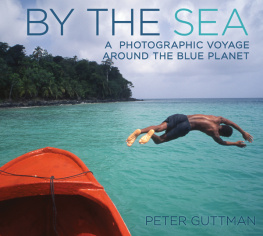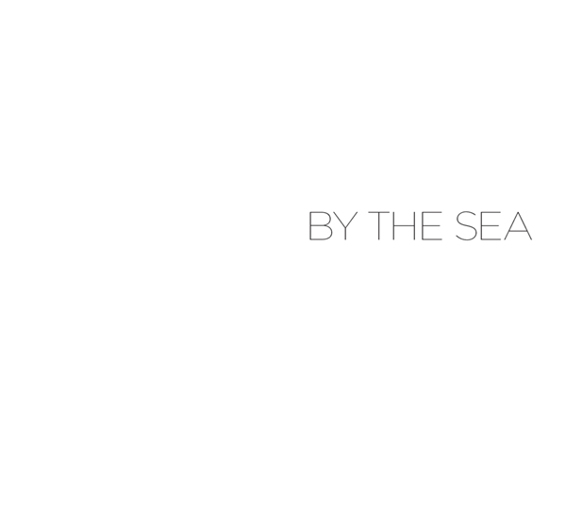Copyright 2014 by Peter Guttman
All rights reserved. No part of this book may be reproduced in any manner without the express written consent of the publisher, except in the case of brief excerpts in critical reviews or articles. All inquiries should be addressed to Skyhorse Publishing, 307 West 36th Street, 11th Floor, New York, NY 10018.
Skyhorse Publishing books may be purchased in bulk at special discounts for sales promotion, corporate gifts, fund-raising, or educational purposes. Special editions can also be created to specifications. For details, contact the Special Sales Department, Skyhorse Publishing, 307 West 36th Street, 11th Floor, New York, NY 10018 or .
Skyhorse and Skyhorse Publishing are registered trademarks of Skyhorse Publishing, Inc., a Delaware corporation.
Visit our website at www.skyhorsepublishing.com.
10 9 8 7 6 5 4 3 2 1
Library of Congress Cataloging-in-Publication Data is available on file.
Layout concept: Fabrizio LaRocca
Design and production: Nick Grant
ISBN: 978-1-63220-330-4
Ebook ISBN: 978-1-63220-799-9
Printed in China
Title Page
Displaying his arched form, a diver plunges towards jade waters and away from Corn Island, 40 miles off the Mosquito Coast of Central America.
_____
Contents Page
Appearing below like terrestrial smoke rings wafting across the ocean, atolls are collapsed volcanoes whose name originated from Dhivehi, spoken only in the Maldives.
Lovingly dedicated to my buoyant, inspiring mom Judith, who nurtured me while afloat on a prenatal maiden voyage, then accompanied me on my earliest oceanic crossing, and always offered welcome harbor during a lifetime of following my own compass.
BY THE SEA

CONTENTS
INTRODUCTION
Waves crash onto shore. They surge atop shallow waters and dump a briny load upon the ragged edges of a continent. Tendrils of opalescent foam scrub the clattering rocks, their repetitive erosion promising future eons an inheritance of sandy beach. From great distances, relentless columns of swelling currents break with a sonorous roar. Their hypnotic rhythm hums a soundtrack that entertains sun-tanners, bolsters seaside yoga meditation, and muffles the insistent cry of gulls catching the winds. The gusts that generated this pounding surf might well have originated thousands of miles offshore, and those same salty breezes have, throughout millennia, powered sailing vessels commuting across hemispheres to shape the stories of civilization.
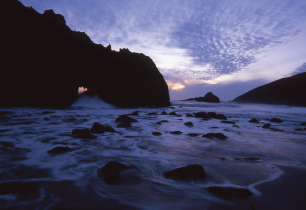
As populations migrated across our globe, maritime trading routes stitched together distant coastal seaports, offering prosperity through exchanges of prized goods and knowledge. A thirst for gold, silver, spices, and, sadly, free human labor fostered a burgeoning capitalism, fueled the development of sailing technology, and prompted an ever-growing network of seaward traffic. Competition to guard these nautical highways eventually led to marine warfare, the construction of forts to protect harbors, and the erection of lighthouses to aid in navigation. Ports became coveted geopolitical prizes, spawning urban hubs that beckoned increasing settlement and spurred a growing fleet of navigable vessels. Ships plying crowded maritime lanes are now digitally ushered by satellite-guided GPS, but were for centuries dependent upon the astrolabe, sextant, and calculations derived from the sun and the stars.
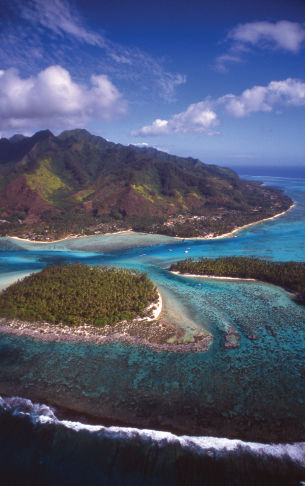
A quarter million miles away, the moon bleaches earths nighttime darkness and yanks at the sea with a gravitational tug thats responsible for the tides pulsing from oceans into bays, through coves, and up winding rivers. As the earth spins, these throbbing waters provide the framework for a bounty of maritime activities. Fishing schedules, coral growth, tidal mills, birding patterns, cargo movements, walrus haul-outs, and the adrenal glands of surfing aficionados are all set in motion by the rhythmic dance of the tide. Twice daily, these high tides appear in a pattern of syncopation with the daily sunrise and sunset, marking the passage of time and the pages of our memory.
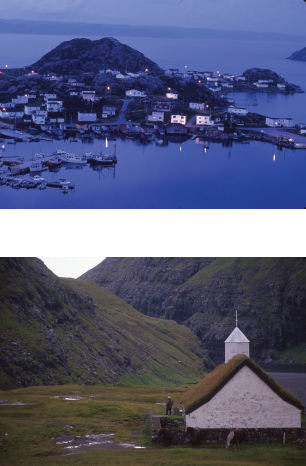
My own very earliest memory was as a two-year-old, awed and mesmerized by the vast expanse of horizon oscillating beyond the portholes of a cruise liners transoceanic voyage. Though most of my adolescence was spent navigating both neighborhood playgrounds and the hallways of academia, I returned to the sea in my thirties, working aboard snug expedition ships and majestic sailing vessels. Hooked in with a safety belt for protection from rogue waves, Ive slept in the rocking netting of a tall ships bowsprit, put to sleep by a South Pacific moon ping-ponging across the towering foremast, and awakened to a pod of squealing dolphins surfing the bow wave. Ive photographed sailors setting the canvas beneath me while atop the worlds highest mizzenmast, clinging tightly to the wrong end of the great wooden pendulum as it swayed to the beat of the restless surf.
In a more stationary position amidst a frozen ocean, Ive looked down onto technicians working on an icebreakers radar tower at the North Pole, recording photographic proof that my own location was higher atop the planets surface than all of the 5.2 billion humans inhabiting it at that time. Ive paddled a miniature outrigger through a floating market bouncing past the impossibly remote coastline of Ali Island in New Guinea and sailed a bangka through pirate-infested channels and beneath soaring limestone cliffs in the Palawan archipelago of the Philippines. Amongst goats and chickens, Ive received premature wake-up calls aboard a pint-sized mailboat weaving its way through a cluster of forgotten islands in the Bahamas. Ive occupied the bridge of a hurricane-tossed vessel in the menacing Irish Sea as its captain clenched his fist and cursed defiantly at the towering formations of violent breakers and hair-raising maelstroms. All the while, Ive pondered the deeply emotional pull that the high seas can exert on those who thrive amidst the bounding main.

It seems our ineffable connection with the sea has been spawned by a pragmatic need for survival and forged by a materialistic desire for its treasures. The soothing sensations of the shoreline can alter brain waves, promoting a healing neuropsychology, and provide an aquatic stadium for our athletic prowess, a playground for childhood development, and a luxury amenity for resorts and home owners. The sea has stirred romantic instincts that flowered with the epic poetry of Homer, the exotic legends of Sinbad, the exquisite maritime landscapes of Turner, and the joyous sea chanteys of Newfoundlanders. That bond has even been etched into our DNAs genetic coding, inspiring the human imperative for exploration as well as honing investigative instincts for seeking distant horizons. In fact, the very notion that our own body cells concentrate salt in similar proportions to ocean waters serves as a vivid reminder of the vital role that seas have played in the evolution of all living organisms as they once emerged from our planets primordial soup. That salted broth has defined our planetary identity. The oceans play a key role in the hydrological cycle, creating and shaping our cyclical weather conditions. They have branded earth as the only blue planet in our solar system, fully comprising over 70 percent of the globes surface, and provided a seemingly unlimited cornucopia. We relentlessly harvest lobsters for clam bakes, squid for barbecues, oysters for aphrodisiacs, and seaweed for toothpaste. At least since the ancient Phoenicians, mankind has cruised the aisles of our watery supermarket, stocking up ever-growing shopping carts that have been powered by sources that evolved from paddle to sail to steam to nuclear. As a growing awareness of earths fragility has taken hold, a new stewardship of the planets resources has materialized along with the belated but obvious realization that our natural resources are not necessarily infinite.

